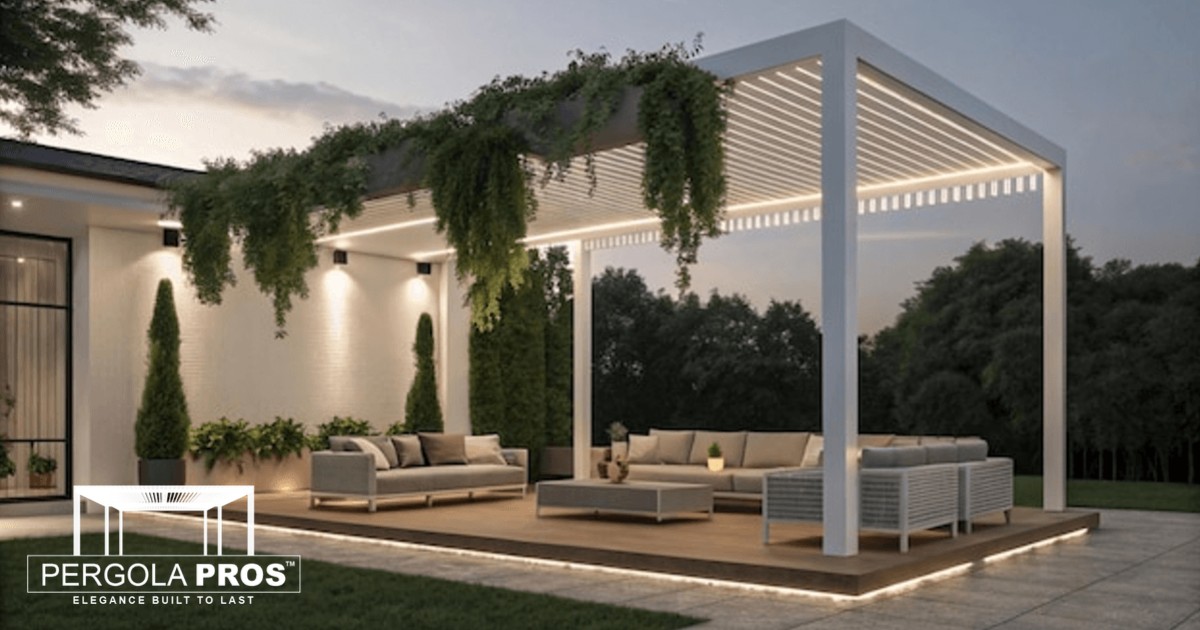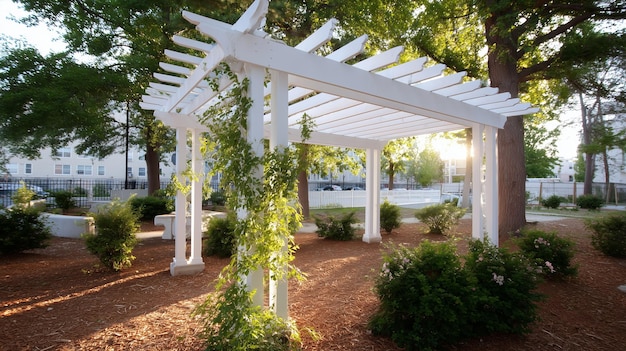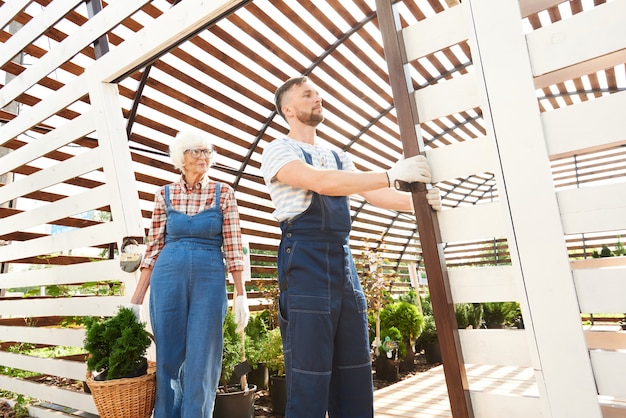Designing Your Dream Pergola: Insights from a Southwest Florida Pergola Company
Crafting your dream pergola in the sun-drenched paradise of Southwest Florida is an exciting venture that promises to transform your backyard into a perfect oasis. With an expert Southwest Florida pergola company at your side like Pergola Pros, you can navigate the intricate process of designing a custom pergola that not only enhances your outdoor space but also stands up to the region’s unique climate. From design consultations to understanding local building codes, every step of creating a pergola in Florida requires careful consideration of materials that can withstand heat, humidity, and storms. This guide will walk you through the essential stages of custom pergola installation in Florida, ensuring your structure remains both stylish and hurricane-resistant. Whether you’re envisioning a pergola design in Sarasota, Parrish, or Lakewood Ranch, you’ll find invaluable insights to bring your outdoor living dreams to life.

The journey to your ideal outdoor space begins with thoughtful design. This section explores the crucial steps in planning your pergola, from initial consultations to addressing Florida’s unique environmental challenges.
Design Consultation Essentials
The first step in bringing your pergola vision to life is a comprehensive design consultation. This process helps align your desires with practical considerations and expert recommendations.
During the consultation, you’ll discuss your goals for the space. Whether you want a cozy reading nook or an expansive entertainment area, clear communication is key. Your pergola company will ask about your preferred style, from classic to contemporary.
Pergola design also involves practical considerations. You’ll need to decide on size, placement, and how the structure will integrate with your existing landscape. This is the time to explore material options and discuss any custom features you’d like to include.
Florida-Specific Design Considerations
Designing a pergola in Florida requires special attention to the state’s unique climate and environmental factors. Your pergola must withstand intense sun, high humidity, and potential hurricane-force winds.
Material selection is crucial. While wood offers a classic look, it may require more maintenance in Florida’s humid climate. Aluminum and vinyl are popular alternatives, offering durability and low maintenance. Your pergola company can guide you through the pros and cons of each option.
Hurricane-resistant design is non-negotiable in Florida. This might include features like reinforced anchoring systems, wind-resistant louvers, or retractable canopies. Discuss these options with your designer to ensure your pergola can weather any storm.
Navigating the Installation Process

Once the design is finalized, the focus shifts to bringing your pergola to life. This phase involves navigating local regulations and overseeing the construction process.
Permitting and Approvals
Before construction can begin, you’ll need to secure the necessary permits and approvals. This process ensures your pergola meets local building codes and safety standards.
Start by checking with your local building department. They can provide information on required permits and any specific regulations for outdoor structures. In some cases, you may need approval from your homeowners’ association as well.
Your pergola company should be familiar with local licensing requirements and can often handle the permitting process for you. This can save you time and ensure all paperwork is completed correctly.
Construction and Installation Timeline
With permits in hand, it’s time for the exciting part: watching your pergola come to life. The construction and installation process typically follows a set timeline.
Site preparation: This involves clearing the area and ensuring a level foundation.
Foundation work: Depending on your design, this might include pouring concrete footings.
Structure assembly: The main frame of your pergola is erected.
Finishing touches: This includes adding any custom features, lighting, or decorative elements.
Throughout the process, your pergola company should keep you informed of progress and any potential delays. Weather can impact outdoor construction, so some flexibility in the timeline may be necessary.
Cost and Timeline Expectations

Understanding the financial and time investment for your pergola project helps set realistic expectations and ensures a smooth process from start to finish.
Factors Influencing Cost
The cost of a pergola can vary widely based on several factors. Understanding these can help you make informed decisions during the design process.
Size is a primary cost factor. Larger pergolas require more materials and labor. The materials you choose also significantly impact the price. While wood might be less expensive upfront, consider long-term maintenance costs in Florida’s climate.
Custom features like built-in seating, lighting, or outdoor kitchens will increase the overall cost but can also add value to your property. Discuss your budget with your pergola company to find the right balance of features and cost.
Typical Project Timelines
The timeline for your pergola project can vary, but understanding the typical phases helps set realistic expectations.
Design and planning usually take 1-2 weeks. This includes consultations, finalizing design details, and creating blueprints. The permitting process can take 2-4 weeks, depending on local regulations and how quickly you can provide necessary documentation.
Construction typically lasts 1-2 weeks for a standard pergola. More complex designs or custom features may extend this timeline. Florida’s weather can also impact outdoor construction, so build some flexibility into your expectations.
Remember, a well-planned and executed pergola project is worth the wait. Your new outdoor space will provide years of enjoyment and potentially increase your home’s value.

